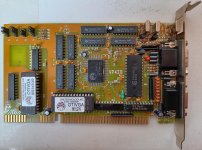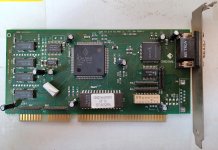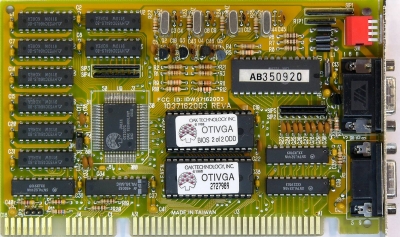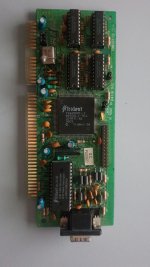Moogle!
Experienced Member
I would like to add 3 cards I have confirmed to work in 3 different 8 bit systems. These were not extensively tested beyond booting into DOS 6.22. The systems tested were an IBM XT 5160 with the 1982 BIOS; a Hedeka 919, which is an odd 286 based XT with only 8 bit slots and a switchable 10Mhz / 4.77Mhz mode; and an XI 8088 in a third party backplane that is all 16 bit slots with BIOS 0.9.9.
There is a Video Seven VEGA VRAM, an OEM Trident Board, and an Everex with the Accumos AVGA1 chipset. The Video 7 card needs switches 6 and 7 to be in the off position, the Trident and Everex seem to autosense. I have found that using the XI8088 with the 16 bit backplane seems to throw off some cards, such as one of the ATI VGA Wonders.
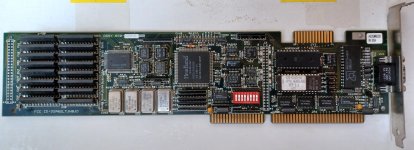
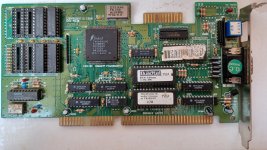
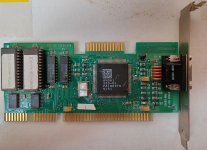
There is a Video Seven VEGA VRAM, an OEM Trident Board, and an Everex with the Accumos AVGA1 chipset. The Video 7 card needs switches 6 and 7 to be in the off position, the Trident and Everex seem to autosense. I have found that using the XI8088 with the 16 bit backplane seems to throw off some cards, such as one of the ATI VGA Wonders.



Last edited by a moderator:

